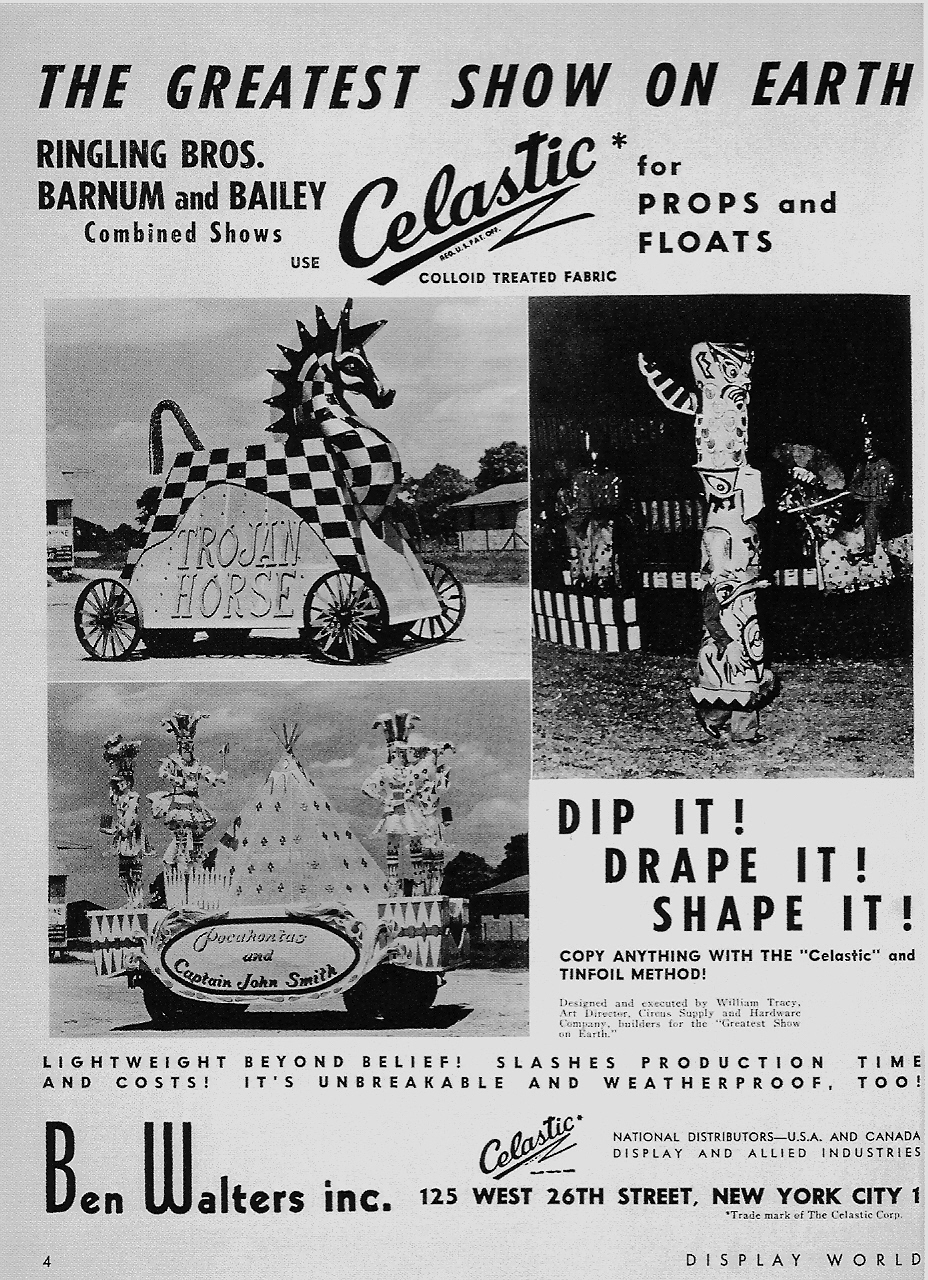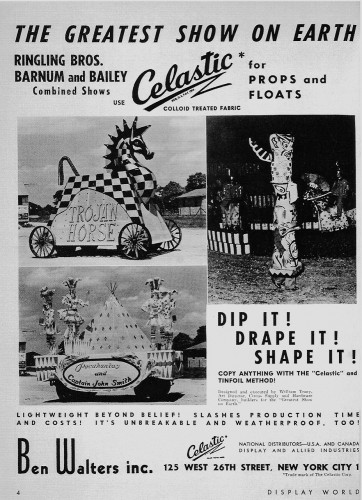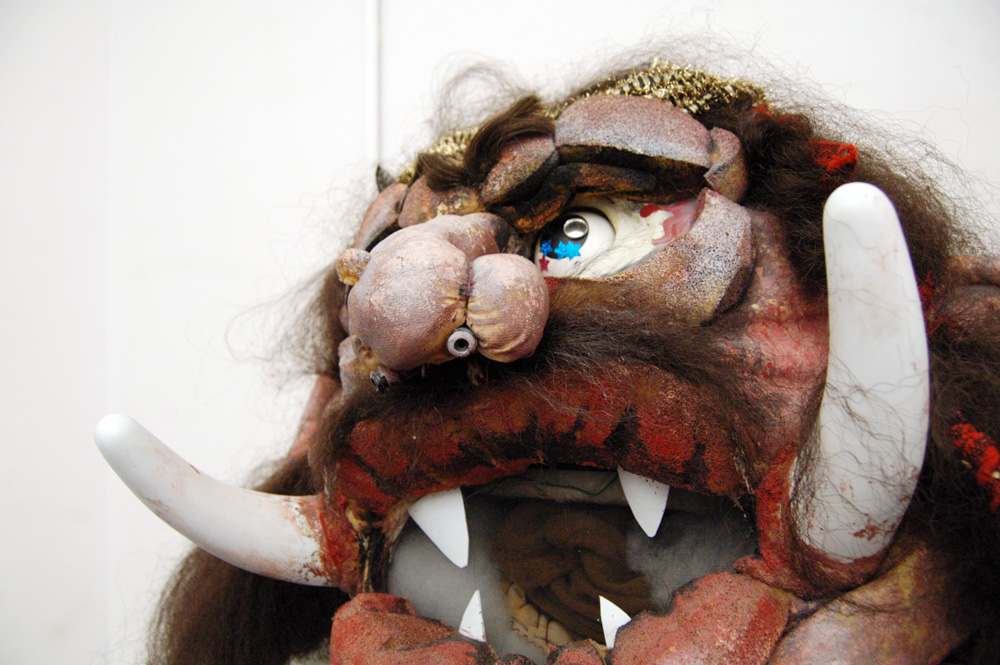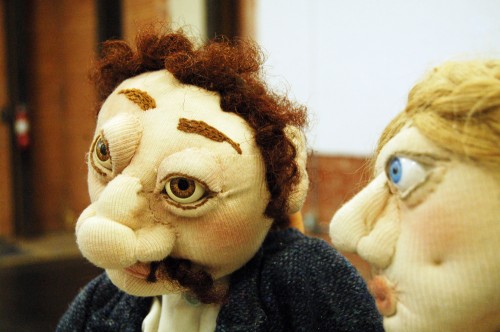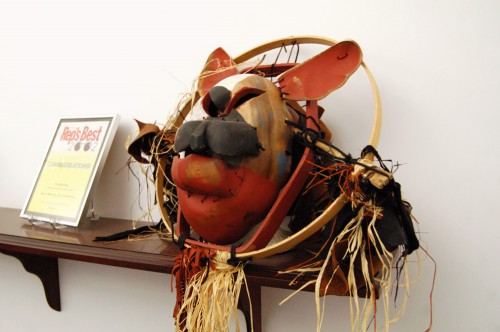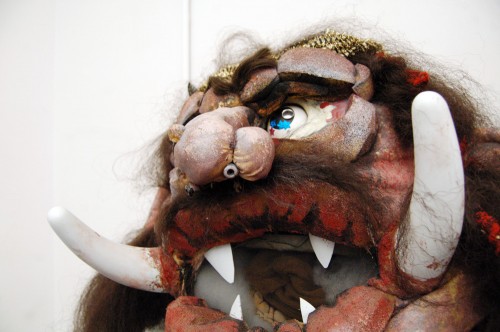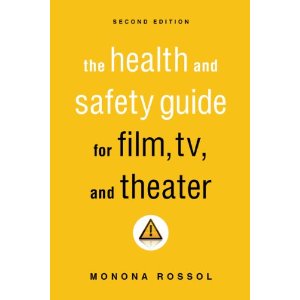 It’s difficult for me to write a review about the Health and Safety Guide for Film, TV, and Theater (Second Edition)
It’s difficult for me to write a review about the Health and Safety Guide for Film, TV, and Theater (Second Edition) by Monona Rossol for several reasons:
- The information inside is mandatory.
- No other book is dedicated to this information.
- Monona Rossol has been teaching health and safety to theatres since at least 1986 and is uniquely qualified to write this book.
So rather than a review, this is more of an introduction about being aware of your own health and safety, and an encouragement to read this book and act on the information contained within. This goes for those working professionally, as well as the growing number of hobbyist prop makers (I would say especially for hobbyist prop makers).
I’ve attended Monona’s safety seminars three times, and even with this book, I am still learning about the hazards we face in our line of work and the precautions we need to take. Luckily, she uses a very factual and empirical approach with this book. Rather than present her personal opinions, she discusses what the laws and regulations are. She will also present the various studies done where she feels the laws don’t go far enough in protecting workers. This is perhaps one of the more striking lessons to take from this book or her seminars; as stringent as we may feel OSHA is, the dangers we face remain woefully understudied, and manufacturers have great latitude to push untested chemicals on the market or provide misleading safety claims on their labels.
You’ll notice the mention of OSHA above. This book is very much grounded in the legalities of working in the United States. Though she may occasionally mention regulations in Canada, the UK or Europe, her focus remains firmly enmeshed in US law. Unfortunately, there is no real equivalent to this book outside of the US. All is not lost for my international readers, though. Since US laws protecting workers are among the most lax in the developed world, this book can be seen as presenting the absolute minimum guidelines for protecting yourself on the job.
While the book does deal with electrical safety, shop safety, fall hazards and other areas of physical danger, the majority deals with materials and chemicals and the less-understood danger of chronic exposure. We all know that you should avoid chemicals that could instantly kill you if you accidentally breathe them. What is far less understood is the result of your body somehow absorbing a myriad of chemicals and products throughout the day and over the years you are in the workforce. Some of these can live in your body for years, reacting in unknown ways with all of your genes and the other chemicals present in your body. Steve McQueen died from mesothelioma at a time when asbestos was used frequently in the theatre and film industry for painting and prop making; what are you being exposed to?
If you’ve never given thought to any of this, this book will be overwhelming in the information it provides. You may think we are safer these days with our stronger laws and new products. After all, lead paint only comes from China and we don’t use crazy materials like Celastic anymore. But as Monona points out, lead has only been banned in indoor house paint; it can still be found in any number of industrial paints. Some filling materials and putties were still being taken from a mine which contained asbestos as late as 1998. We are also exposed to far more chemicals on a daily basis than our fore-bearers in the past. Every one of us is already carrying a certain amount of mercury, dioxin, PCBs and countless other chemicals in the tissues of our body (known as our total body burden); scientists estimate we carry as many as 700 contaminants regardless of where we live in the world. Any additional chemicals we add from our work place enter that toxic soup and can have all sorts of additive or synergistic effects. So it’s even more important for us to monitor what we use than it was for our grandparents.
This second edition is long overdue; the first edition came out over 11 years ago in 2000. Monona includes many of the important changes to the laws as well as advancements in the science behind the effects of the chemicals (both of which have a lot owed to Monona’s own tireless work), and the addition of new types of products in the marketplace, such as nanoparticles. Unfortunately, the through-line remains the same: companies don’t want to spend money on safety training, manufacturers add more toxic products to the market, scientists can’t afford to study even a small percentage of their effects on the body, and governments refuse to pass stronger laws or give their agencies the power to enforce existing ones.
Until all that changes, though, we have this book. Read it and use it.

